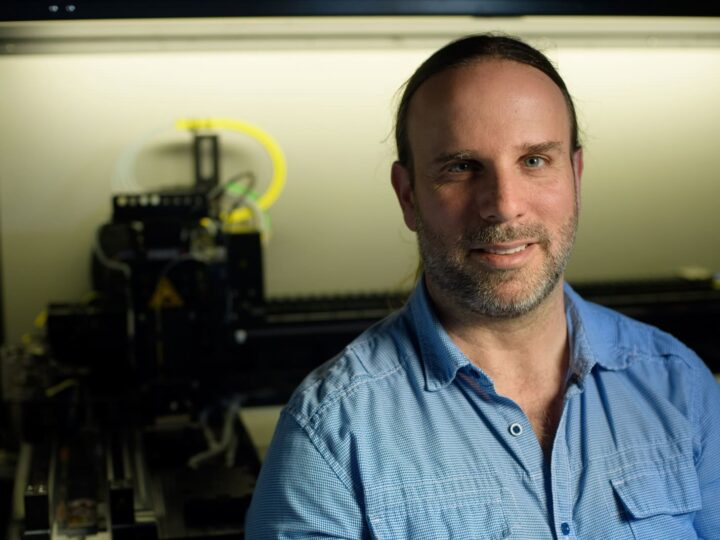Researchers on the quest to solve the puzzle of what causes deafness got one small step closer with the announcement that scientists at Tel Aviv University and the Weizmann Institute of Science have mapped a certain type of RNA (a molecule essential to the coding and expression of genes) that exists in close proximity to the genes related to hearing.
The molecules in question are known as “long non-coding RNAs” (lncRNA for short). Non-coding RNAs, as the name suggests, do not “code” for protein in the body, but they do act as regulatory molecules and they can have a large impact on where in the body and when during development or adulthood genes are expressed. As much as 98 percent of the human genome consists of these non-coding molecules.
LncRNAs have been linked to a wide range of diseases and inherited conditions such as celiac disease and cancer. The new study, which was published in Scientific Reports last week, describes how researchers performed “next-generation sequencing” on a model of human deafness to identify the lncRNAs that function in the inner ear.
The researchers cataloged over 3,000 lncRNAs that have expression patterns across the auditory system. The team then focused its attention on just three lncRNAs – those that were closest to the genes related to hearing and deafness. Because these “lncRNAs are situated beside deafness genes, [it suggests] they direct and regulate these genes,” said Prof. Karen Avraham, vice dean of TAU’s Sackler Faculty of Medicine.
The next step will be to perform experiments to reveal the precise functions of these lncRNAs on inner ear tissue.
“How do changes in these inheritable parts of the genome contribute to deafness?” Avraham asked. “There is a need for new approaches and entry points to gene therapy. Knowing more about how genes are controlled may help devise strategies” and may be a “key first step towards a potential cure.”
One area Abraham wants to look into is in the neighborhood. “Recessive mutations causing disease – and deafness – continue to prevail, especially in the parts of the world where marriages take place between relatives, such as in the Middle East; this is known as ‘consanguinity,'” Avraham said in a statement.
Although science has made great progress towards identifying the causes of deafness, “there are still a considerable number of unsolved inherited deafness cases,” Avraham added. Identifying parts of the genome such as lncRNAs can “eventually assist in isolating pathogenic variants or regulatory elements that can be at the root of human hearing and balance disorders.”
We’ll be waiting to hear more good news.

















